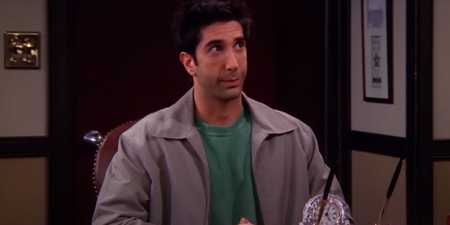Wisdom teeth are the large molars found at the very back of the jar. Usually pushing through the gums between the ages of 18 and 24 years of age, wisdom teeth are also known as “third molars” can be anything from one to four additional permanent teeth in the mouth.
While some people never grow wisdom teeth, others experience healthy and properly positioned wisdom teeth that can be mildly uncomfortable when pushing through but are as useful as other teeth.
However, wisdom teeth can cause overcrowding, push other teeth out of position and are also incredibly painful if the jaw size is too small, or if you suffer from an impacted wisdom tooth.
Wisdom teeth often leave the overlying gum swollen, causing pain not just in the mouth, but in other teeth or ear ache.
What are impacted wisdom teeth?
Wisdom teeth are often in the wrong position under the gum, meaning they will emerge at an angle or by pushing a neighbour tooth in at an angle. This can add great pressure on the neighbouring tooth, causing pain or damage.
Food particles can also lodge in the gum tissue surrounding the emerging tooth, leading to infection and tooth decay.
Symptoms of an impacted wisdom tooth includes:
- Swelling of the gum area
- Bad breath
- An unpleasant taste in the mouth
- Pain when biting
- Pain when opening the mouth

Image via identalhub
How do you know if you have wisdom teeth?
The best way to detect if you have wisdom teeth surfacing is to book yourself in for a dental examination. Your dentist will examine the gum and surrounding teeth area, and may book you in for an x-ray to look at the underlying position of teeth in the gum.
Your dentist may refer you to an oral surgeon for further consultation.
Your dentist or oral surgeon may suggest removing your wisdom teeth before they have surfaced, as this may be less painful than extracting teeth with strong roots and bone density.
How do you remove wisdom teeth?
The ease of removing wisdom teeth greatly depends on the position of the tooth under the gum or on it’s emergence.
If a tooth is fully erupted in a position that doesn’t overcrowd the teeth, it can be extracted like any other teeth. For a wisdom tooth trapped under the gums, or embedded in the jaw line, extraction could include dental surgery, where an incision will be made into the gums for removing the tooth.
If a tooth is being removed by surgery, it may be removed in pieces to relieve the pressure to the gum during surgery.
Recovery time for wisdom teeth will depend greatly on how easily the tooth can become removed from the mouth.
Also be sure to check in with your oral hygienist who will give you an aftercare check-up which will reduce the risk of infection.
While dental bills can be expensive, be sure to check your health insurance provider to see if you are covered under your current plan to receive treatment or if you can reclaim some of the costs of the procedure.


















































